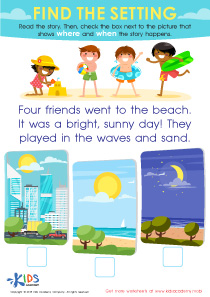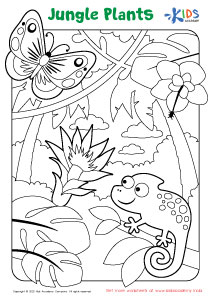Easy Mazes worksheets activities for Preschool
2 filtered results
-
From - To


Rainy Day Maze Worksheet
Easy Mazes worksheets activities designed for preschool are a fantastic way for young learners to engage in fun, educational play. These activities are more than just a pastime; they are a bridge to developing essential skills that children will use throughout their lives. Here’s why incorporating Easy Mazes worksheets activities into the preschool curriculum or at-home learning is incredibly beneficial.
Firstly, these worksheets are an excellent tool for enhancing fine motor skills. As preschoolers navigate their pencils through the twists and turns of the mazes, they are practicing the control and precision that are crucial for writing. The act of gripping the pencil and guiding it in specific directions helps in strengthening the small muscles in their hands and fingers, preparing them for future tasks like writing letters and numbers.
Additionally, Easy Mazes worksheets for preschool encourage problem-solving and critical thinking. Children learn to analyze paths, make decisions at intersections, and develop strategies to reach their goal. This early exposure to problem-solving lays the groundwork for logical thinking and reasoning skills that are valuable in all areas of learning.
Moreover, these activities are a fun way to introduce young learners to concepts of direction and spatial awareness. Understanding up, down, left, and right, as well as the ability to visualize movements through space, are crucial cognitive skills. Easy Mazes worksheets provide a playful context in which children can develop these abilities, enhancing their overall cognitive development.
Finally, the sense of achievement that comes from completing a maze is incredibly rewarding for preschoolers. It boosts their confidence and motivates them to take on new challenges, fostering a positive attitude towards learning.
In conclusion, Easy Mazes worksheets activities for Preschool are not only entertaining but are packed with educational benefits. They support fine motor development, problem-solving abilities, understanding of directions, and spatial awareness, all while building confidence in young learners. Incorporating these activities into early education ensures children are engaged, learning, and having fun.


 Assign to the classroom
Assign to the classroom



.jpg)








